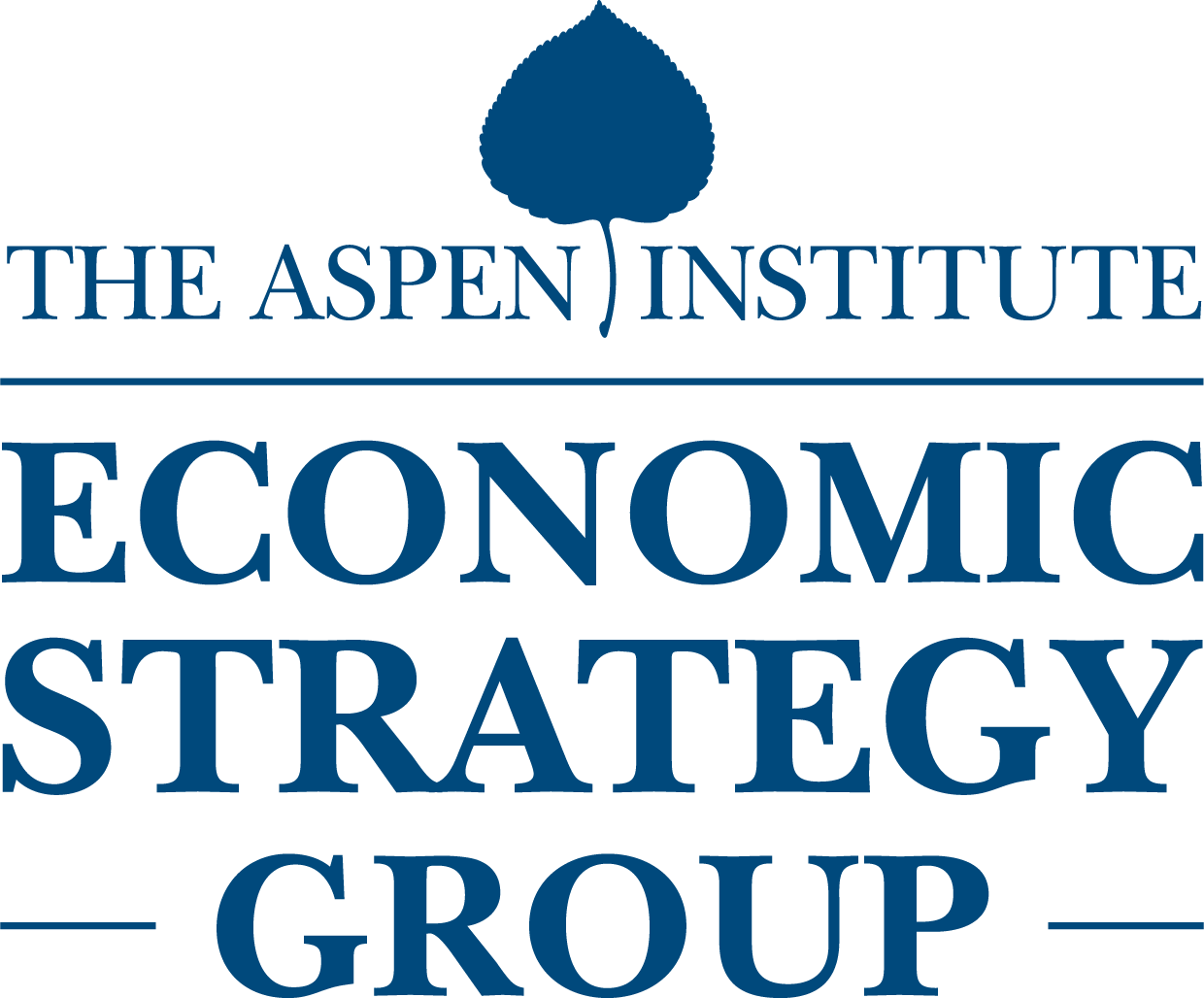
Introduction: Rebuilding the Post-Pandemic Economy

The COVID-19 pandemic plunged the US economy into recession, challenged the survival of millions of businesses, and threatened the economic security of American households. The recession officially lasted only two months, ending in April 2020, but looming economic challenges remain and the path of the post-pandemic recovery is uncertain. The US labor market recovery is slow, global supply chains are disrupted, the pace of vaccination in the United States has stalled, and emerging variants of the virus threaten a return to pre-pandemic normalcy.
The pandemic also ushered in major changes to the US economy, many of which may persist even after the pandemic recedes. The sudden shift to working from home, changes in consumers’ preferences and habits, and the acceleration of technology adoption by businesses may have lasting effects on economic growth and inequality—for better or worse. Widespread school closures and the shift to remote instruction has impeded the educational and social development of US children and exacerbated already large disparities in learning, with potential long-term negative consequences.
At the same time, the pandemic and accompanying economic crisis prompted an unprecedented US policy response. Congress authorized trillions of dollars in spending to support businesses and households, staving off business failures and bolstering household income and savings. With aggregate demand now increasing, the US economy faces a new set of challenges—among them a higher inflation forecast driven by both demand and supply factors. The Biden administration and congressional Democrats are calling for trillions of dollars in federal spending on an ambitious package of health, education, early childhood, and climate initiatives, in addition to the $1 trillion bipartisan infrastructure package passed by the Senate in August 2021. Critics worry about the size and scope of the package, as well as the prospect of further deficit spending and higher taxes.
Amidst these domestic challenges, the geopolitical landscape facing the United States continues to shift, in particular with China’s rapid ascendance as a major economic rival able to wield greater economic and political influence across Asia and the much of the world. The need to maintain American competitiveness in this changing global context highlights the need for well-designed investments at home, in infrastructure, in human capital, and in basic science and technology.
Rebuilding the Post-Pandemic Economy considers several current, major economic challenges facing the nation. Its eight chapters served as background reading materials for the Aspen Economic Strategy Group annual meeting in July 2021 and are now published as a resource for broader policy audiences.
Part 1 consists of five chapters that focus on various elements of the US economic recovery following the Covid-19 pandemic. Chapter 1 highlights productivity gains that could result from the sudden shift to working from home if US households were to have universal access to reliable, high-speed internet. Chapter 2 discusses lessons learned from the novel business recovery programs introduced during the pandemic and their applications for “garden variety” recessions. Chapter 3 presents strategies for preventing long-term unemployment and assisting workers whose jobs have been permanently lost as a result of sectoral reallocation. Chapter 4 discusses the underlying causes of longstanding inequities in the US K-12 education system, which were laid bare by the pandemic, and promising avenues for systemic improvement. Chapter 5 addresses the current state of American trade policy, including reforms to promote American geopolitical interests and economic recovery.
Part 2 consists of three chapters that focus on the US infrastructure agenda. Chapter 6 addresses the economics of infrastructure investment, emphasizing the central role of cost-benefit analysis in selecting projects. Chapter 7 focuses on federal regulatory reforms and infrastructure investments necessary to support the US economy’s transition to clean energy sources. Chapter 8 makes the case for greater federal investment in research and development (R&D) based on the extremely high social return on such investments and their role in promoting broader innovation and prosperity.